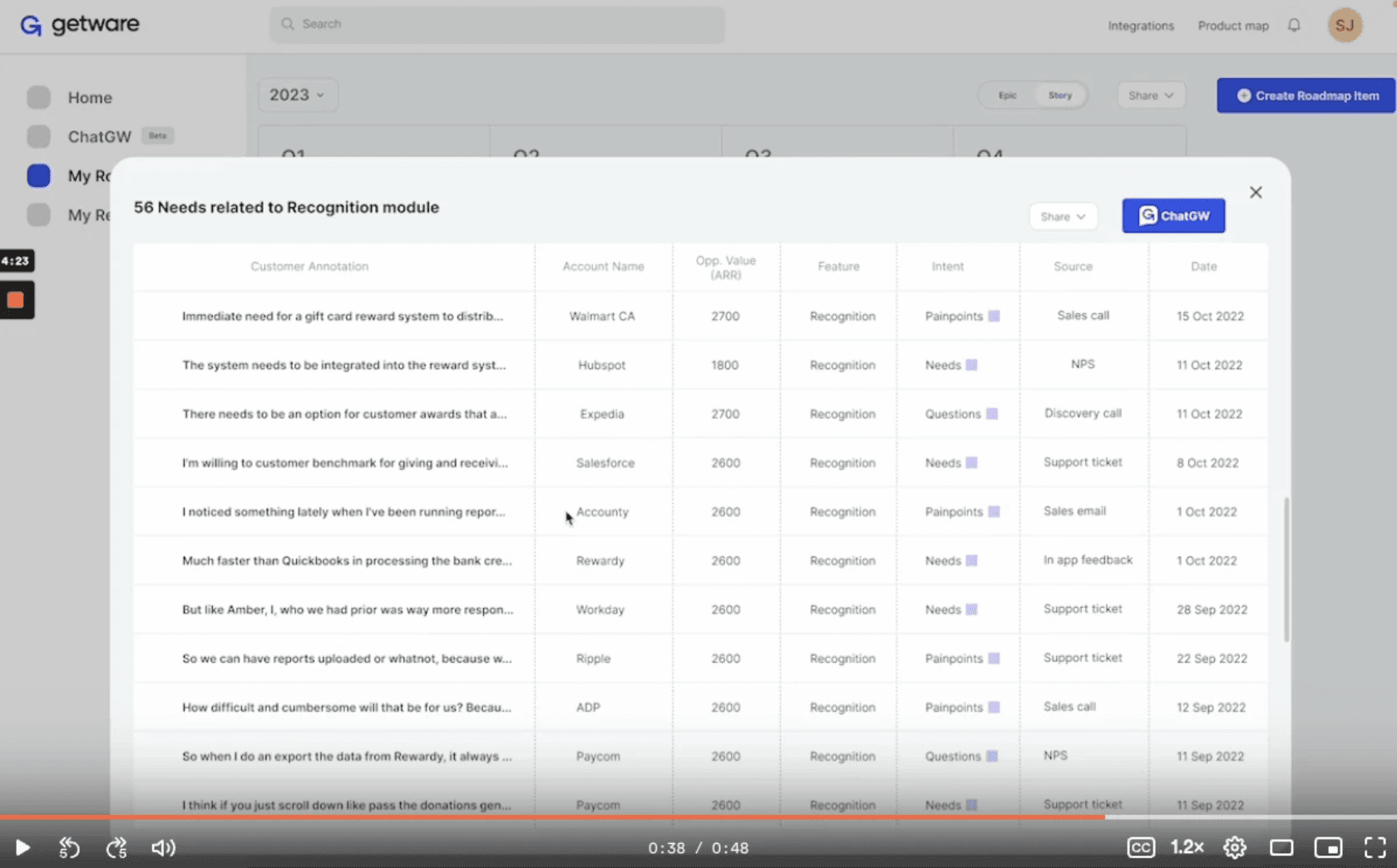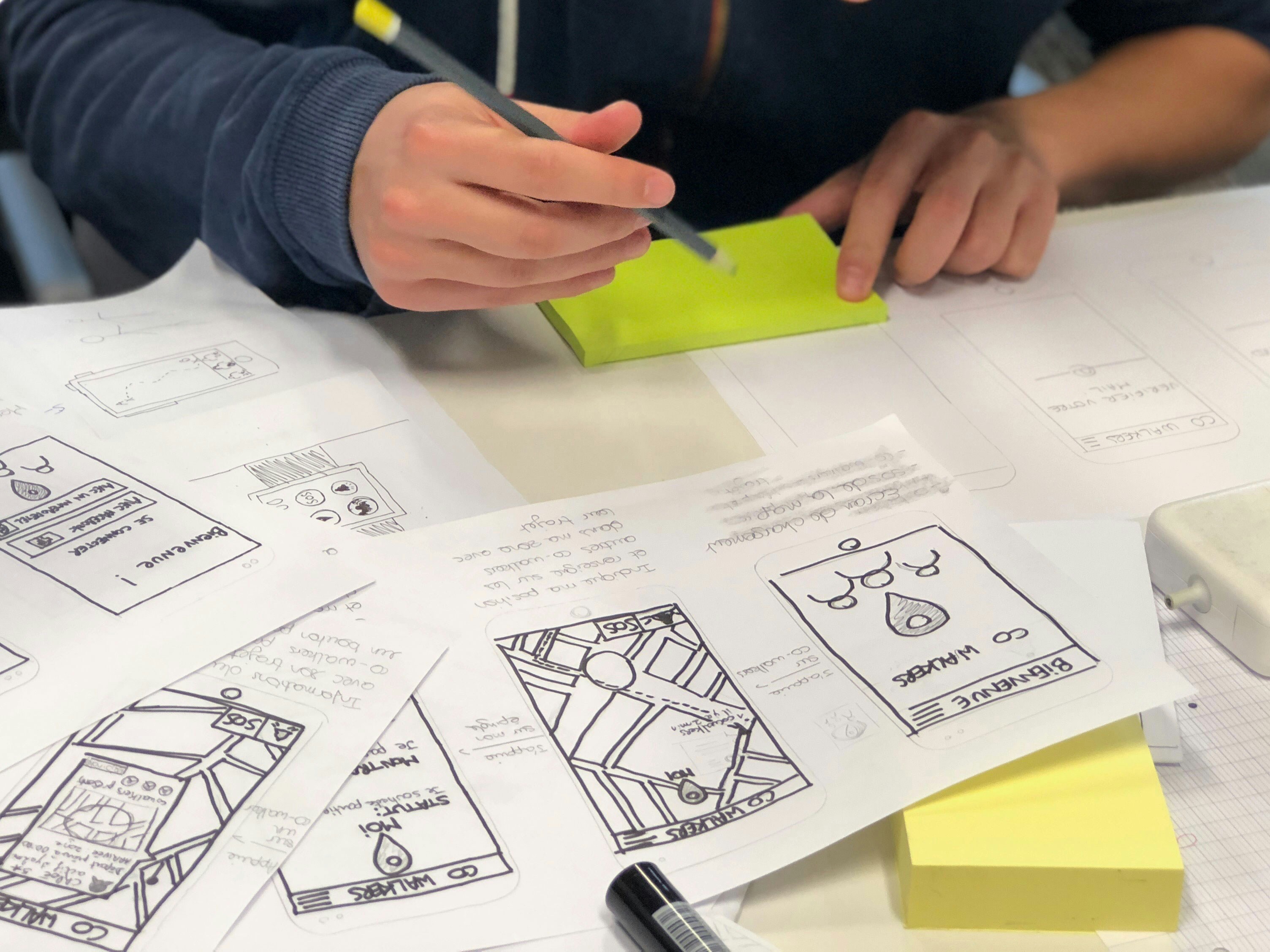Pragmatic Venture Blueprint
Card 8 of 18
Build a prototype
Category
Demand Validation (2-5)
Author
Jeremy Vo
Let’s assume that discovery went well, you’ve received the confirmation you need to go out and ‘build’. This is where many founders stumble. The jump from ‘discovery’ to ‘build’ is so alluring because as most founders will tell you, the folks that they spoke to want the magic NOW. Most founders fear loss of momentum with early yes people when they don’t have a product for them. Even more alluring are potential future clients that have agreed to ‘pilot’ the product (paid or unpaid) and trying to get something in their hands ASAP.
The problem is that there is a wide and dangerous gap between speaking with friendlies, networked associates and other close allies versus creating signal in a busy marketplace and de-risking demand creation. A ‘product’ is not necessarily the asset you are building, a ‘product’ is what you market and sell. Lots of manufacturers make cars. However, some manufacturers sell luxury, others sell economy while others sell speed and design. The product isn’t ‘a car’. And so when you begin a new venture, you need to figure out, given the asset you look to create, what markets make the most sense and how do you get enough attention for there to be enough prospects to sell to. That becomes your product.
So the big question, and something that creates an enormous amount of angst, is when and what should be built so that interest is maintained with people who were involved in discovery and have proper collateral to use in demand creation and meetings with prospects? The answer is a two parter based on where you are in the Pragmatic Venture Building cycle. If you are in the final phases of demand validation and entering product/business validation, what you need is high def mockups and clickable prototypes from which you can simulate using software and can create collateral required for demos, marketing, etc. There are many tools to use here but anything like PowerPoint to do wireframes and then something like Figma for the high definition clickable prototype work well. The purpose of having these mockups and prototypes is that you can then create sales and marketing collateral for understanding the creation of ‘signal’. Use the collateral to showcase individual value props that attract responses and gets you meetings.
The next obvious question is do you mock up all features and functionality of your product, to which the answer is no. You want to mock up ONLY the workflows that speak to the marketing/sales messaging that have landed you meetings. This is an iterative process and one that takes shape over multiple(many) sales meetings and feedback loops. This activity is entirely geared towards making the leap from your close network which you used in discovery to a broader audience who you are trying to sell to without the benefit of some network in common.

https://www.loom.com/share/cfb4747710084915a448ae808ea857d4?sid=6c10e15e-f34c-4281-8096-05b5e47f0f33
Additional resources
Blog Post: Getting Out of the Friend Zone

